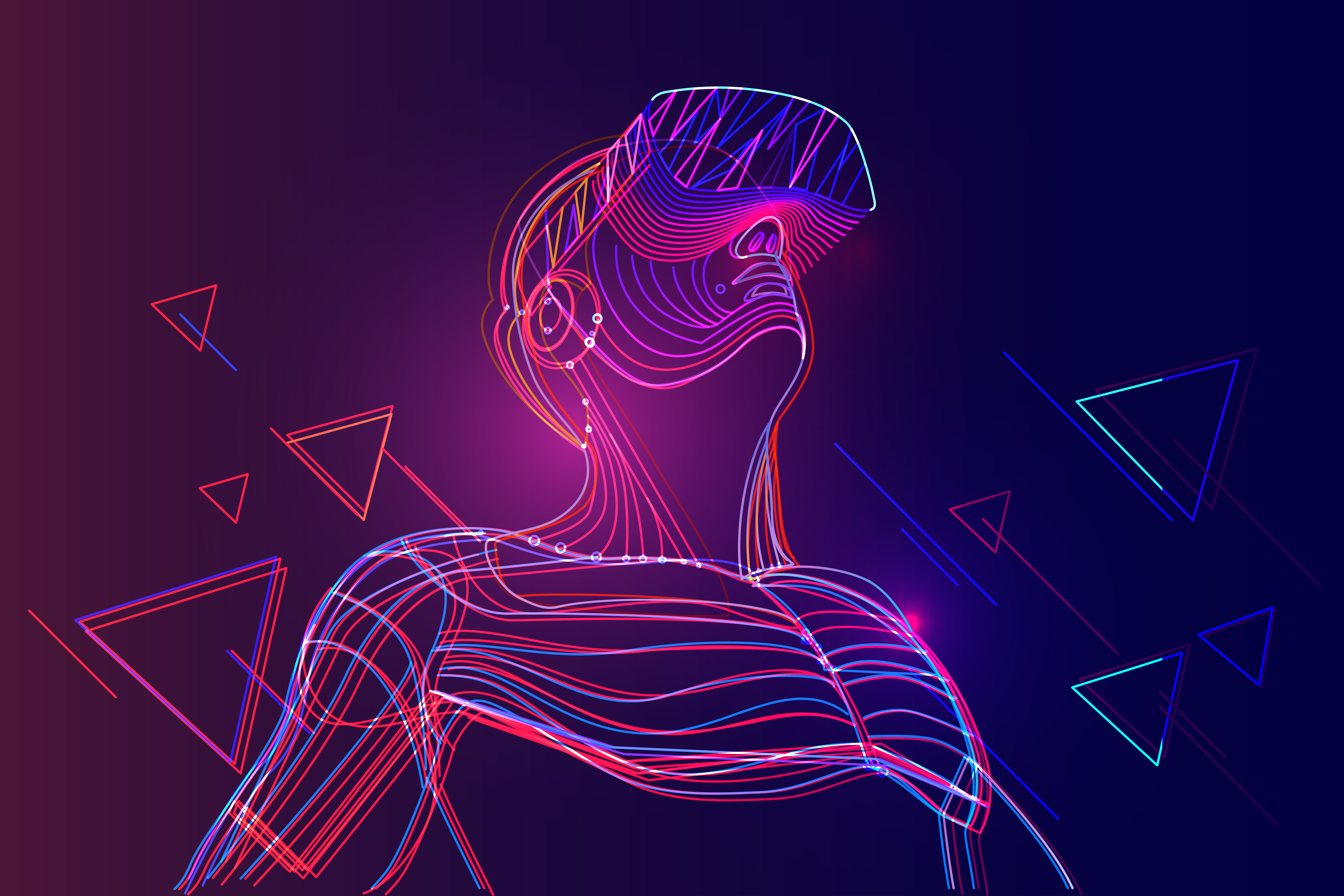Why Is Refresh Rate and FOV Important for a VR Headset?

Virtual reality is the way of the future and it allows us to play video games and watch all sorts of video content while totally submerged in an alternate reality. These VR headsets make you feel like you are inside of the game or video; you are truly in a different world altogether. This tech has only been available to the public for a few years, and it is constantly improving. However, there are still some challenges that need to be addressed and overcome.
One of these challenges has to do with the refresh rate or how many frames per second the VR headset in question can produce. Another such challenge faced by VR headset designers is the FOV, or field of view, problem. The thing here is that both the refresh rate and the field of view are important aspects of any good VR headset, but they may work against each other to some extent. So, why is refresh rate and FOV important for a VR headset?
Refresh Rate and Its Importance for VR
Indeed, one of the biggest challenges to producing a truly immersive and high-quality virtual reality experience has to do with the refresh rate. In layman’s terms, this refers to how many frames per second the virtual reality headset in question can produce. The faster the refresh rate is for any VR headset, the more fluid the experience is. The more fluid the experience is, the less choppy it is and the less it lags.
If we were talking about the refresh rate of a computer screen, a slow refresh rate would probably make a high-end game lag and seem choppy. For a computer screen this might not be a massive deal, but it is extremely important for virtual reality headsets. If the refresh rate for a virtual reality headset is too slow, it won’t create a truly immersive experience. Instead of the computer screen lagging, because you are supposed to be immersed inside of the game or video, it will feel like your own eyes are lagging, for a lack of a better term.
This is indeed an issue because it makes the whole VR experience fall apart. It’s like the world around you is moving in a choppy way. What also needs to be said is that when the refresh rate for a VR headset is too slow, it can also cause other issues as well. People have reported that with a slow VR system refresh rate also comes disorientation, headaches, nausea, and even vertigo in some cases.
Just imagine, it’s like your eyes cannot keep up with the world around you. Generally speaking, a VR headset needs to have a refresh rate of 90 frames per second. The general consensus among both hardcore VR users and designers is that any refresh rate under 90 frames per second can cause any of the issues which we discussed above. There are virtual reality setups which have a slower refresh rate, and they can cause problems.
FOV and Its Importance for VR
Another important aspect for VR is of course FOV, or the field of view, and in fact, it’s up there with the refresh rate in terms of overall importance. The field of view refers to how much of the virtual reality world the user can see at once, usually in terms of width and height, and sometimes in depth as well. The larger the field of view is for a virtual reality headset, the more immersive the experience will be.
Just think of it this way, it’s like looking through cardboard toilet paper tubes. Now, virtual reality headsets with a fairly limited field of view will look just like that, like looking through a cardboard tube, so it’s like tunnel vision, with a large portion of the surrounding area being blacked out. Obviously, when it comes to a high quality VR experience, this is not ideal in the least, because it doesn’t feel like you are truly immersed in that world. Keep in mind that this field of view also includes depth or how far into the virtual reality world you can see, whether a game or movie.
There are some pretty big issues which designers of VR headsets are facing across the board, with one of them being the tradeoff between width and height FOV and the depth which users can see. Generally speaking, to increase the depth of the field of view, lenses need to be thinner, but this then decreases the FOV in terms of height and width. The opposite is also true, which means that if you can see more of your surroundings, or left, right, up, and down, it then decreases the depth which you can see. It’s a problem that does not yet have a great solution, but manufacturers are working on it.
Something else which may cause problems has to do with the combination of the FOV and the refresh rate. The larger the field of view is, the more pixels need to be involved. If the FOV is huge, then the refresh rate also needs to be much faster, and there also need to be more pixels available. It’s yet another problem that needs addressing.
Conclusion
The bottom line is that VR is the way of the future, and it has made some massive advancements over the last years. Yes, there are still some pretty big issues to deal with, but designers have made some pretty good headway in this sense. The refresh rate is important to create a fully immersive gaming or video-watching experience, as is the field of view. Both of these aspects have some issues at the moment, but things are improving. It may take a few more years for designers to perfect these VR systems, but we are now closer to the future than ever before.
